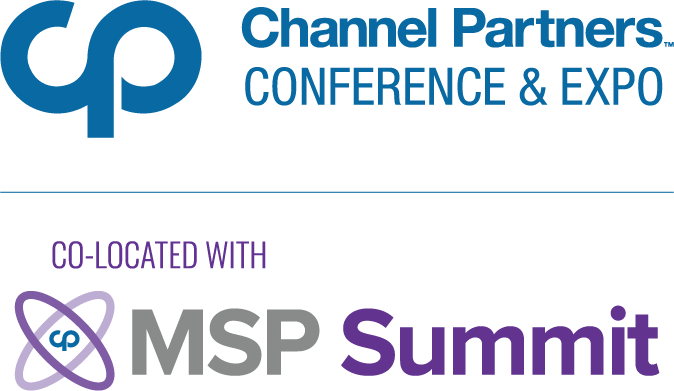Making the Flash Storage Debate in 2015
There’s a lot nuance these days when it comes to building storage systems.
December 18, 2014

As we head into 2015 one of the fiercest of all IT infrastructure battles being fought is over the role of all-Flash arrays. On one side there are a number of vendors making the case to replace magnetic disk drives used in primary storage with all-Flash arrays. The reasoning: All-Flash arrays not only provide better performance, they're also much simpler to manage than magnetic storage systems, which need to be constantly optimized.
Case in point is Pure Storage, a provider of an all-Flash array that just announced FlashStack CI, which creates a converged system by combing Flash storage systems from Pure Storage with VMware (VMW) virtual machine software running on a Cisco Systems (CSCO) Unified Computing System (UCS) blade server.
Matt Kixmoeller, vice president of Product and Market for Pure Storage, said the idea behind this offering is to provide the channel with a converged system that doesn’t rely on magnetic storage and creates an opportunity for the channel partner, rather than the vendor, to garner all the support revenue that platform generates.
As potentially compelling as an all-Flash array can be, however, there are those that contend that attaching all-Flash arrays to a server is an oversimplification of the data storage challenge. NetApp (NTAP) CTO Jay Kidd said when crafting storage solutions what matters most is how much active data there really is at any given point vs. the total amount of data that needs to be managed.
Kidd noted it’s just as likely that the amount of active data that needs to be served could be better handled by Flash memory installed on the server or by Flash memory installed on a hybrid storage system. Given a price differential between Flash and magnetic storage—which can be as high as 10 to 1—there’s no way IT organizations are going to want to put all their data on an all-Flash array, he said. Instead, they will want to apply Flash and magnetic storage in combination to achieve the maximum price/performance benefit possible. That means partnering with storage vendors that provide more than just an all-Flash array, said Kidd, adding that just as important, that vendor will need to provide a storage operating system that unifies all those storage system options.
Obviously, there’s a lot nuance these days when it comes to building storage systems. The good news is that the amount of data that needs to be managed is expected to continue to grow exponentially, which means that whatever most IT organizations are using today to manage it all most likely will need to be upgraded in 2015.
About the Author
You May Also Like


